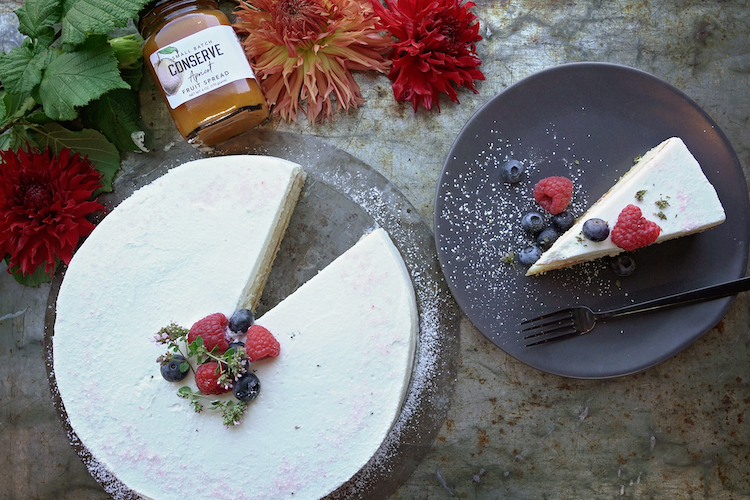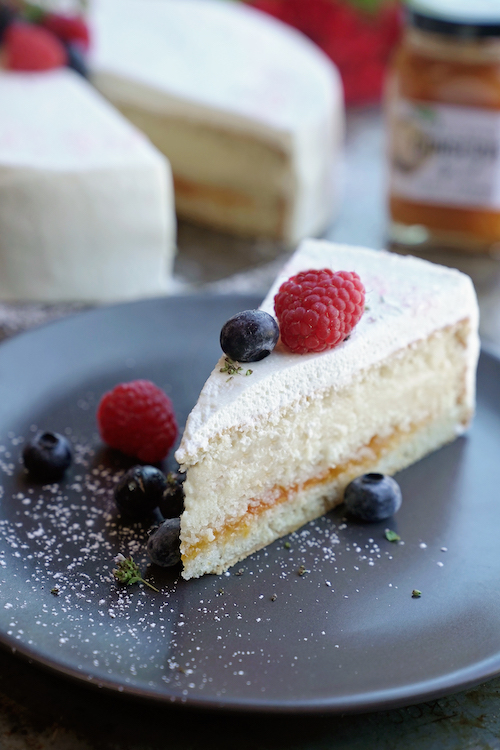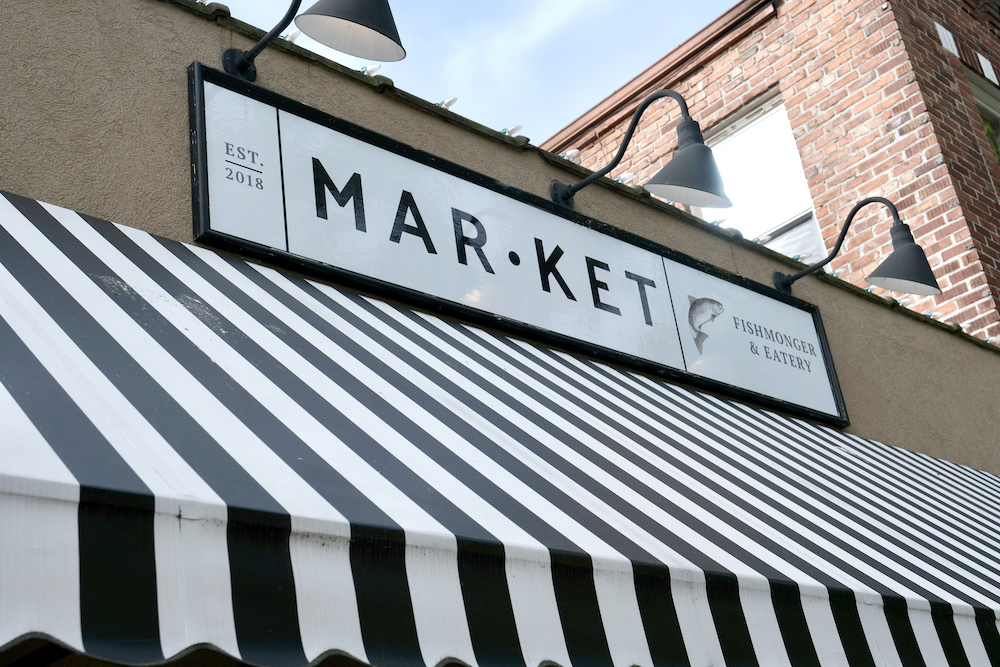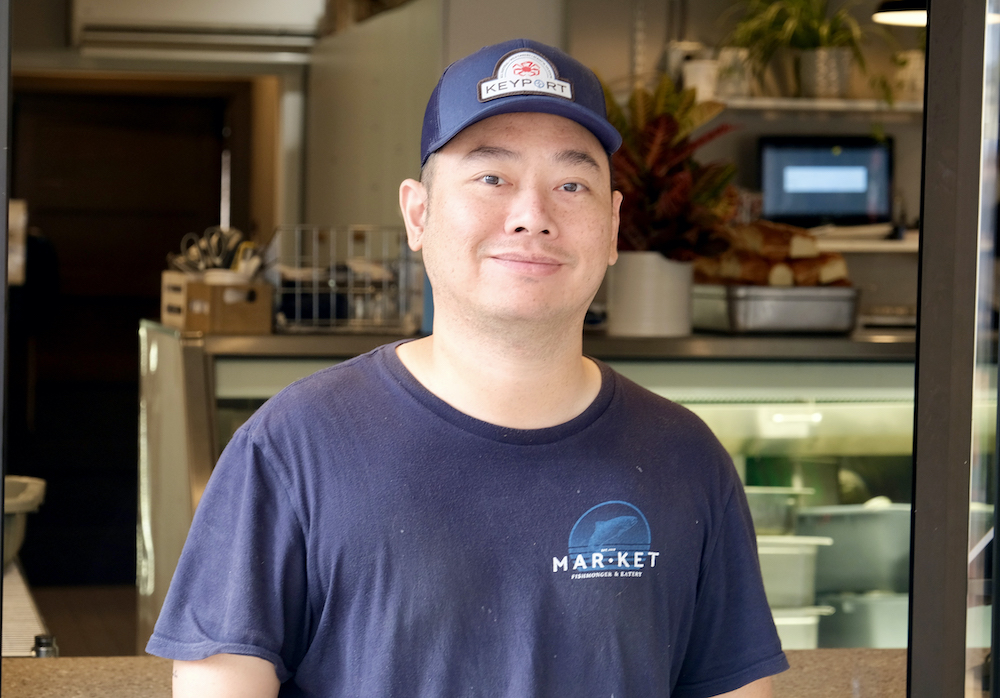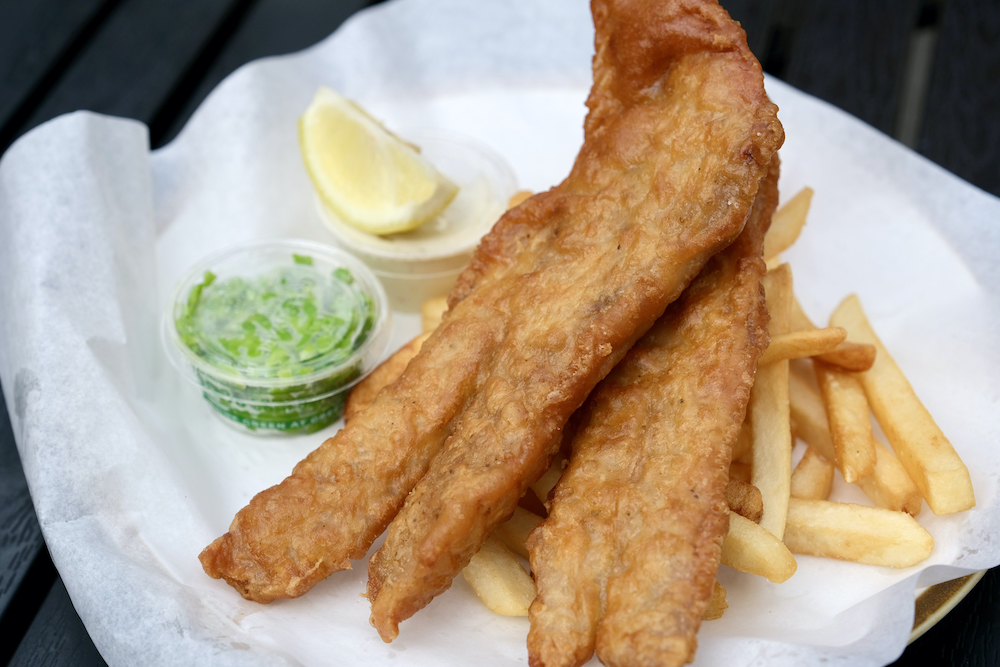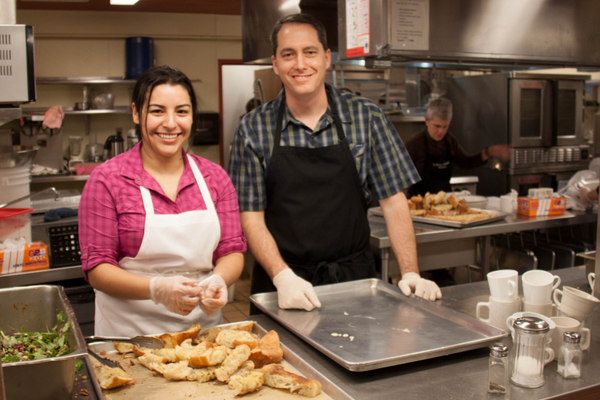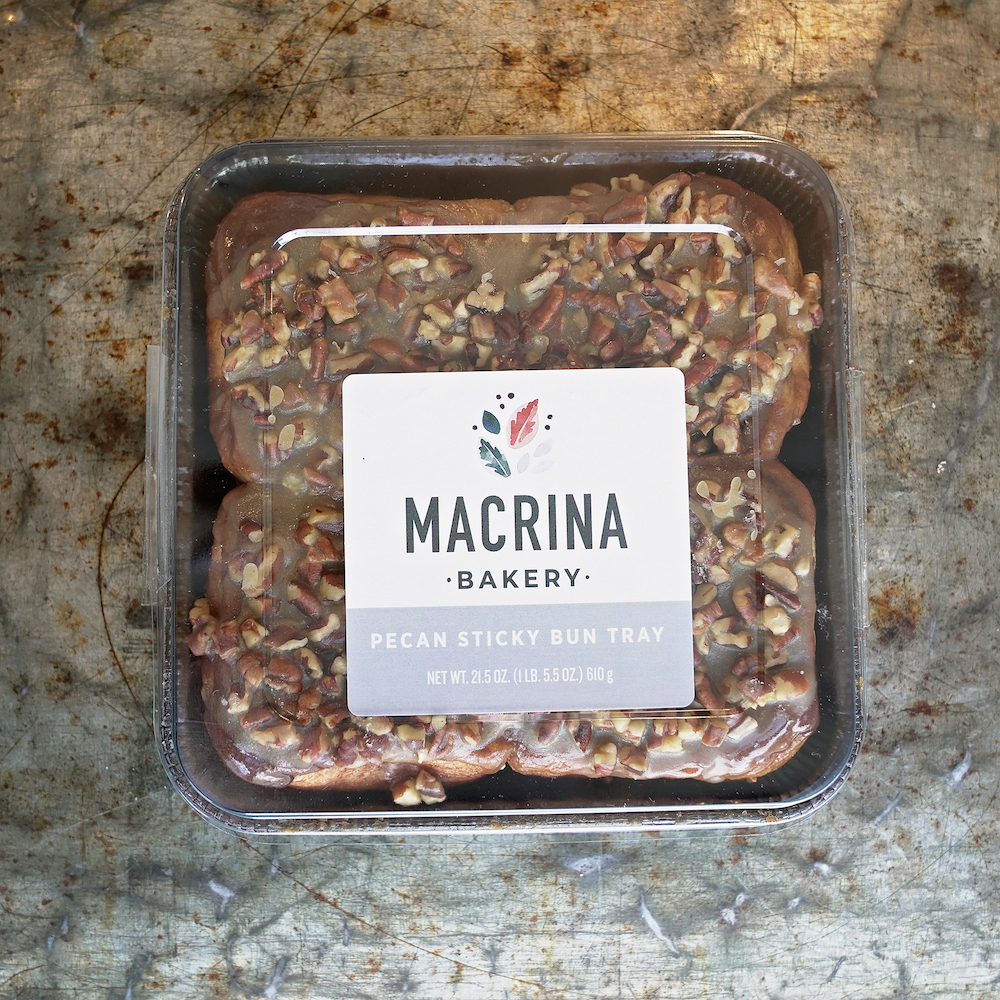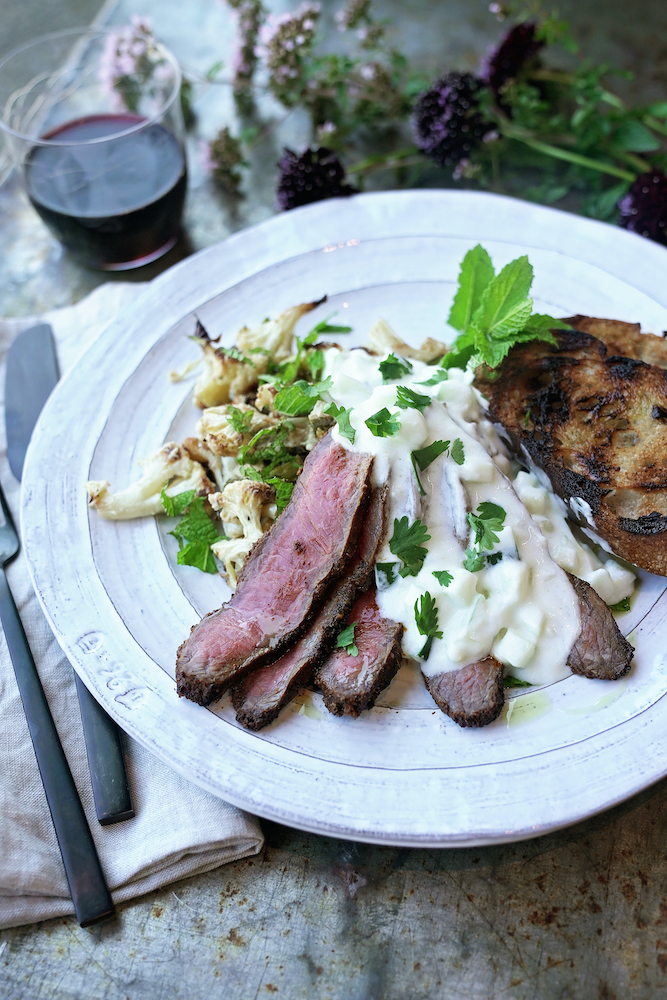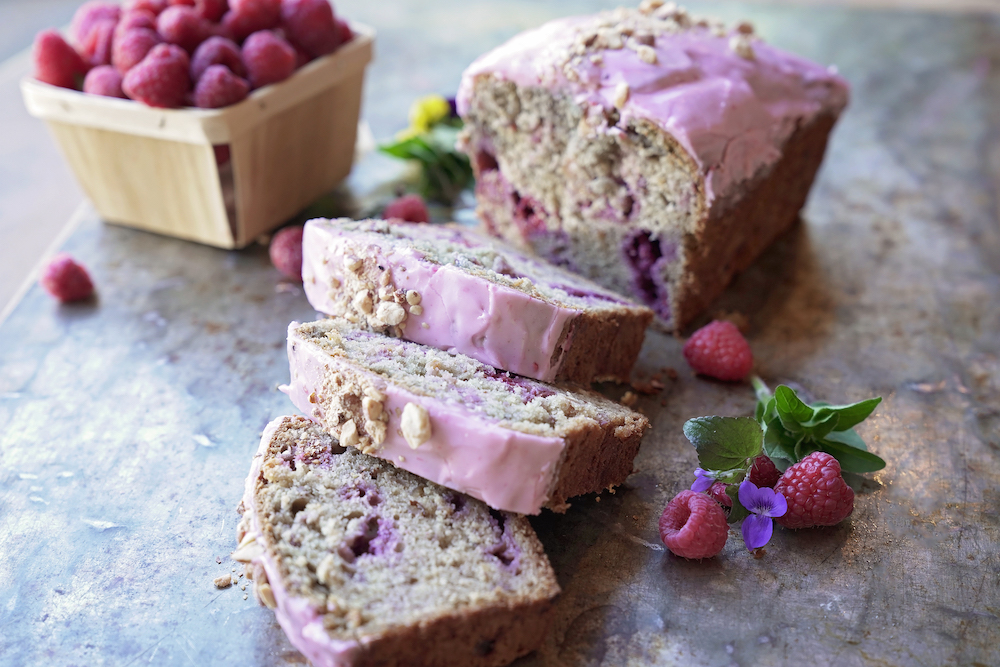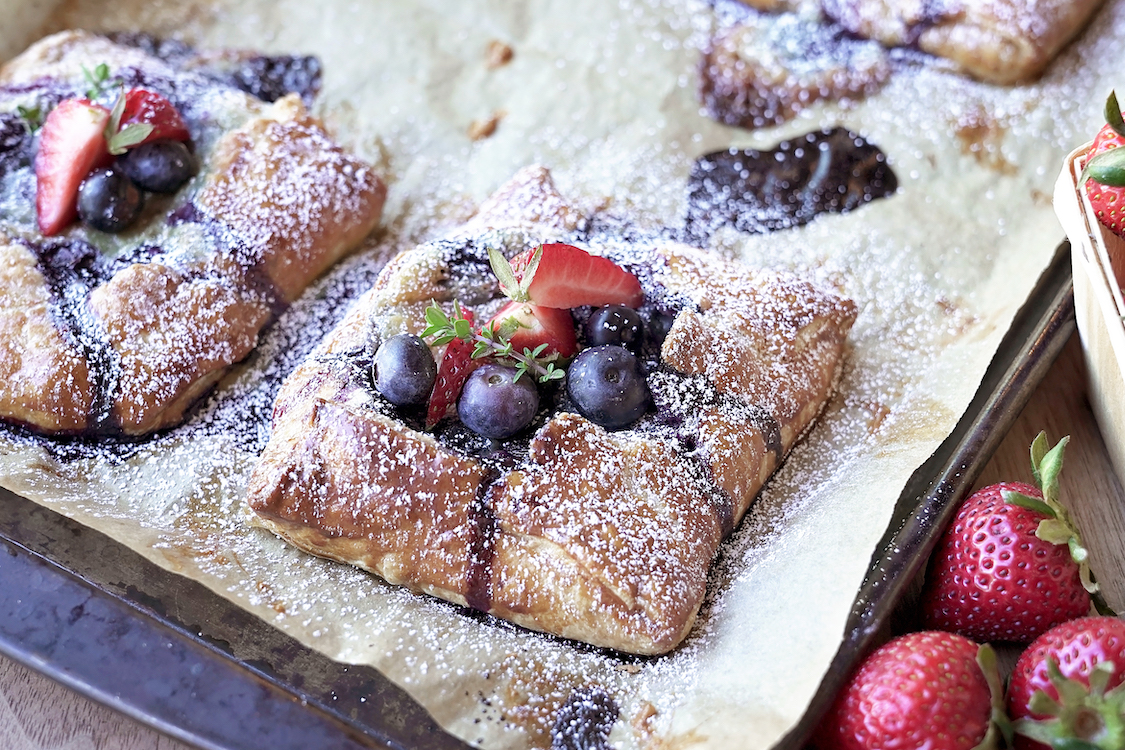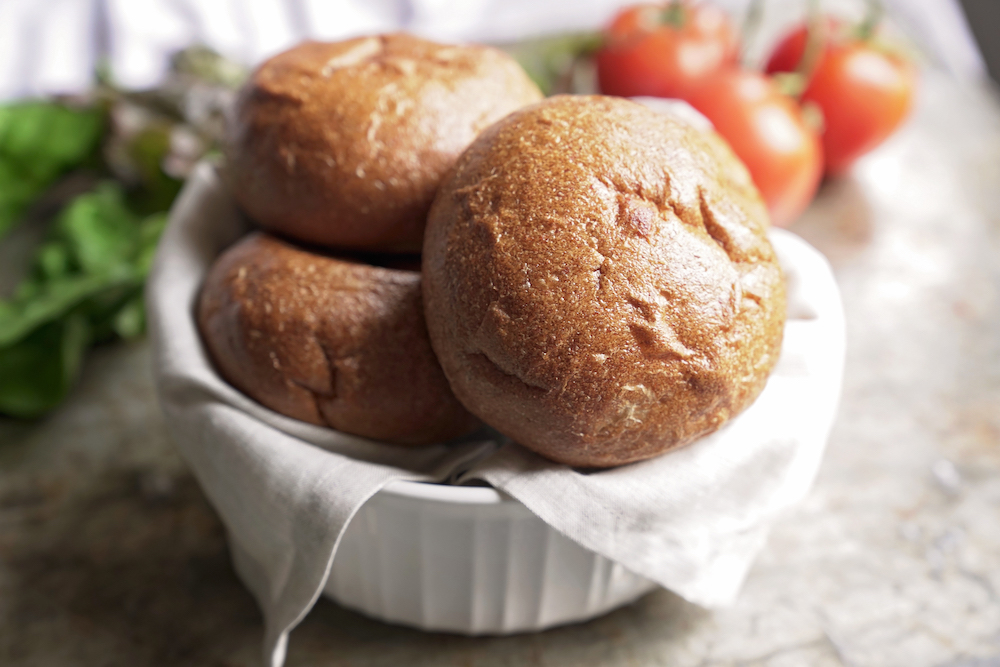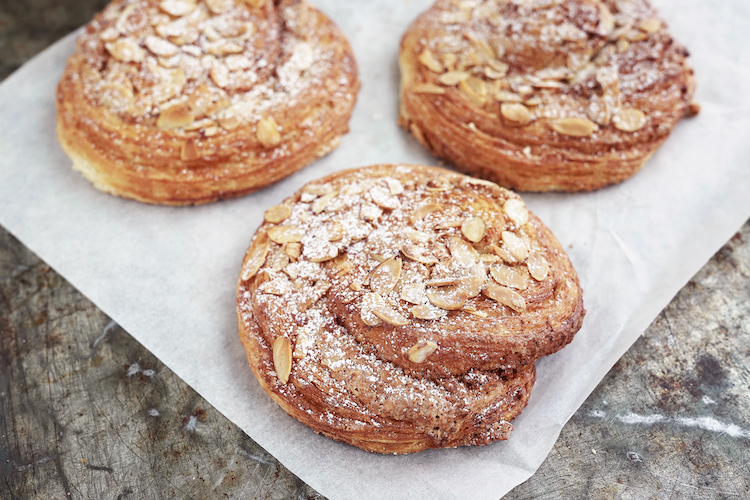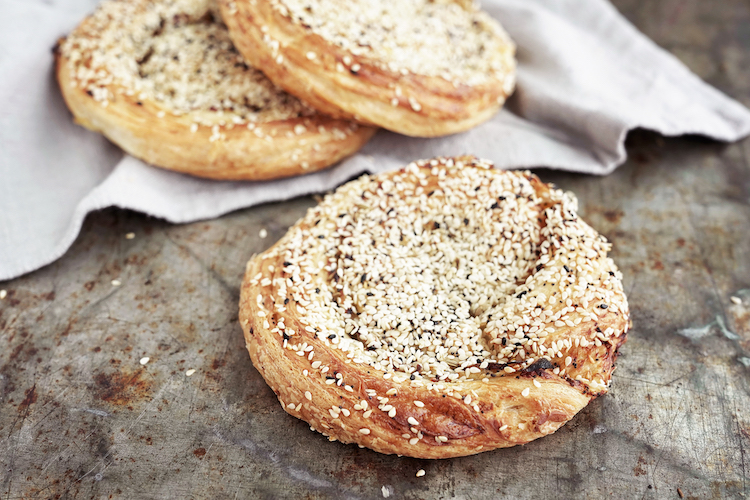This Italian Cream Cake has three light, buttery sponge cake rounds layered with vanilla pastry cream and conserve and is frosted with sweetened whipped cream. Choose your favorite jam or conserve. Raspberry and blackberry are two of our favorites. You’ll enjoy this cake the first day, but don’t feel like you need to finish it—it’s even better the second day as the sponge cake moistens absorbing the pastry cream and conserve. Keep the cake refrigerated and it’ll keep for up to five days.
INGREDIENTS
Makes one 9-inch cake
SPONGE CAKE
1⅓ cups unbleached all-purpose flour
2 tsp baking powder
6 Tbsp (¾ stick) unsalted butter
⅓ cup water
1½ cups sugar, divided
3 eggs, beaten
3½ tsp pure vanilla extract, divided
1 cup favorite jam or fruit conserve
1½ cups heavy cream
1 Tbsp powdered sugar
PASTRY CREAM
4 eggs
2 tsp pure vanilla extract
2 Tbsp cornstarch
½ cup + 1 Tbsp sugar
1½ cups milk
DIRECTIONS:
SPONGE CAKE
Preheat oven to 350°F. Brush a 9-inch cake pan with oil and line the base with a custom-cut circle of parchment paper. Dust the oiled sides of the pan with flour. Set aside.
In a medium bowl, sift together the flour and baking powder. Set aside.
In a small saucepan, melt the butter. Add the water, mix, and let cool.
In the bowl of a stand mixer fitted with a whisk attachment, add 1¼ cups sugar. With the mixer on low speed, slowly add the eggs and 2 tsp vanilla. Whisk at high speed for 5 minutes. The mixture will be light in color and frothy.
Remove the bowl from the mixer. Using a spatula, fold in the flour mixture in 4 additions. With the last addition, add the butter mixture and stir until just combined, ensuring there are no lumps.
Pour the batter into the prepared pan and bake on the center rack for 30 minutes or until a toothpick comes out clean. Let cool for 30 minutes. Run a paring knife around the edge of the cake. Invert the pan to remove the sponge cake. Let cool to room temperature.
PASTRY CREAM
In a medium bowl, crack the eggs and whisk together with the vanilla, cornstarch and sugar. Ensure no lumps remain.
In a medium saucepan, scald the milk (bringing it just to a boil). Remove it from the heat and slowly ladle the hot milk into the egg mixture, whisking constantly. Transfer the egg mixture back to the saucepan when you have three-quarters of the milk whisked into it. Over medium-low heat, whisk the mixture to prevent it from sticking or curdling. When the mixture has thickened to a pudding-like consistency, pour it into a clean bowl. Cover the top of the pastry cream with plastic wrap and refrigerate for 1 hour. Note: If you spot any lumps in the pastry cream, strain it through a fine-mesh sieve before cooling it.
ASSEMBLY
Using a serrated knife, cut the cake horizontally into 3 equal layers.
Place the bottom layer on a prepared cake board or plate. Spread the conserves over the first layer. Top with the second layer. Spread the chilled pastry cream to the edges. Top with the remaining layer and gently align the edges. Refrigerate the cake for 15 minutes to firm it up.
In the bowl of a stand mixer, whisk the heavy cream, remaining 1½ tsp vanilla and remaining ¼cup sugar. Whip to medium-firm peaks.
Cover the top and sides of the cake with the sweetened whipped cream. Use a wet spatula to smooth it out. Garnish the top of the cake with a dusting of powdered sugar and fresh berries if you’d like.
Enjoy!


